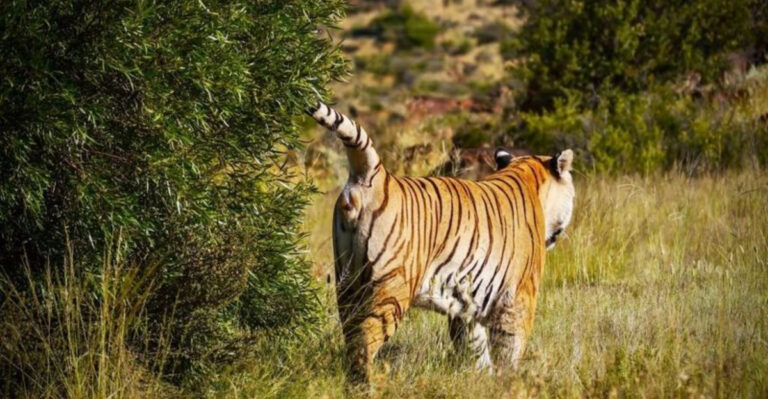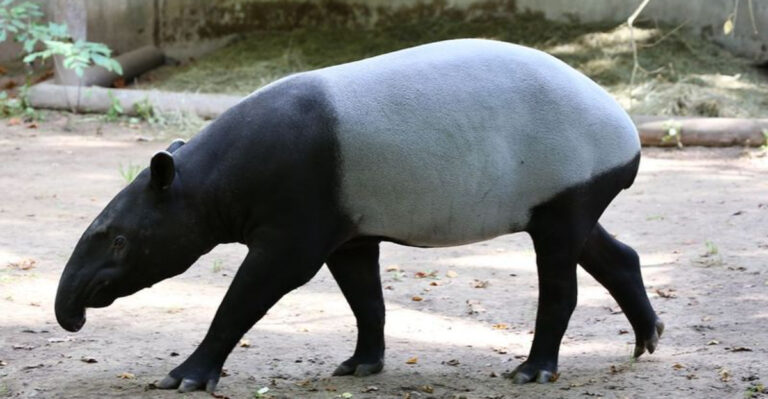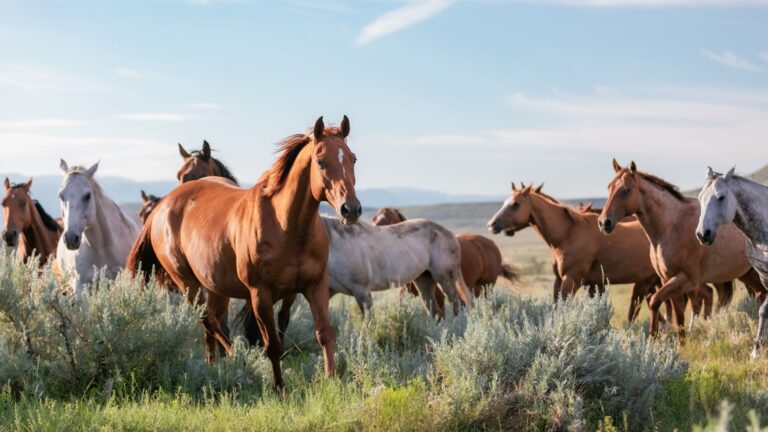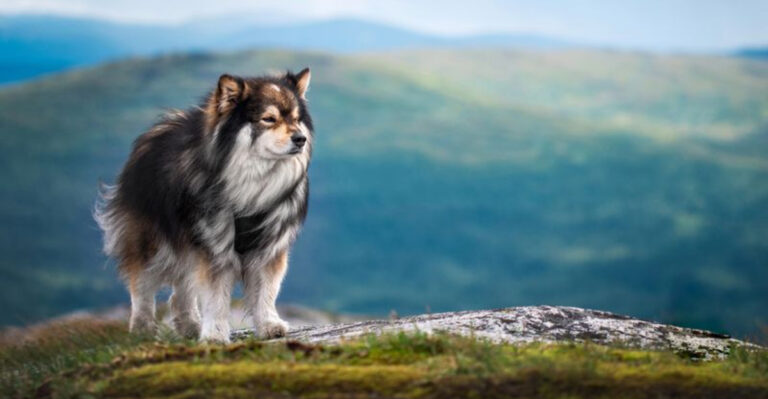12 Reasons Pileated Woodpecker Should Be Your Favorite Bird
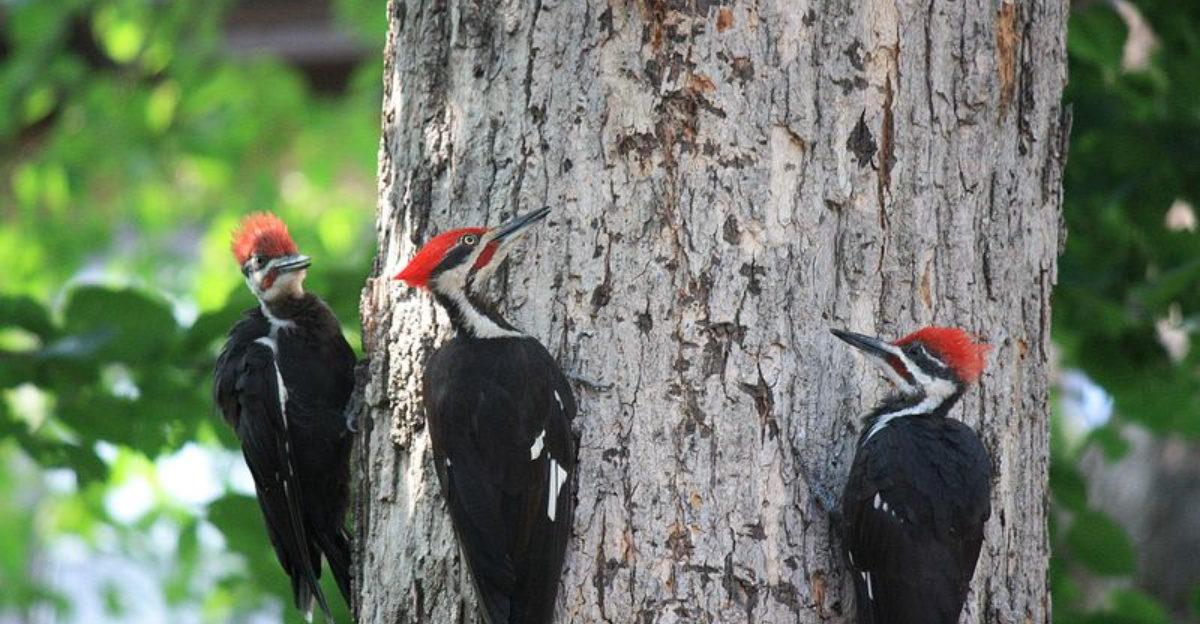
The Pileated Woodpecker, with its striking appearance and unique behaviors, stands out as a remarkable bird worthy of admiration.
Known for its vivid red crest and impressive size, this bird captivates birdwatchers and nature enthusiasts alike.
Whether seen darting through the forest or heard drumming on trees, the Pileated Woodpecker offers a fascinating glimpse into the avian world. Discover compelling reasons why this bird deserves a spot at the top of your favorite bird list.
1. Majestic Appearance
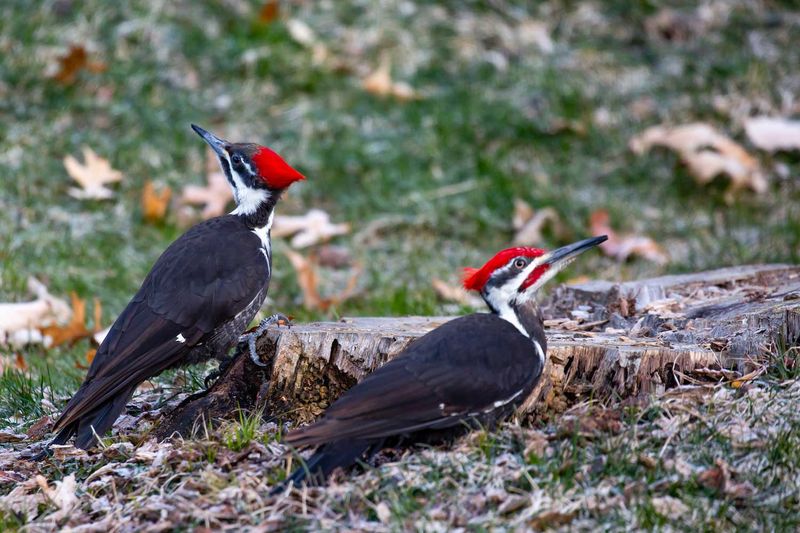
The Pileated Woodpecker is an iconic figure with its large size and vibrant red crest, setting it apart from other birds. Spanning nearly 19 inches, its imposing presence catches the eye effortlessly.
The black and white plumage contrasts beautifully against its fiery red head, making it a visual spectacle in the wild.
Each glance at this majestic bird promises a unique display of nature’s artistic flair. Its distinctive appearance is not merely for show; it plays a crucial role in communication and mate attraction among these fascinating creatures.
2. Impressive Drumming
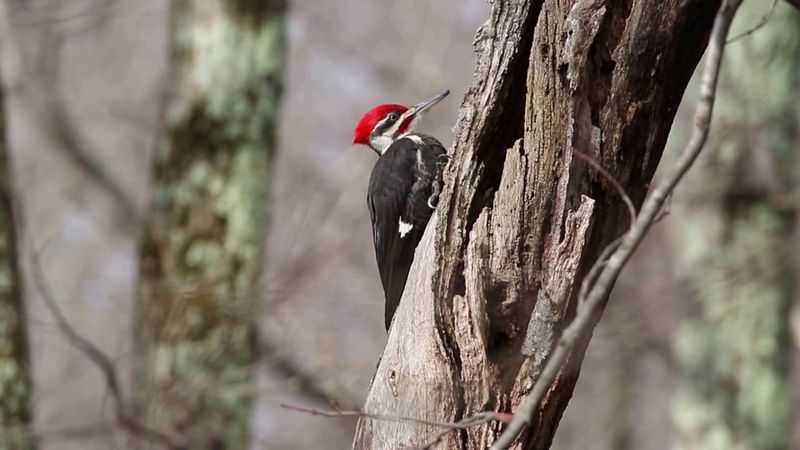
One cannot ignore the rhythmic drumming of the Pileated Woodpecker echoing through the forest. This drumming serves multiple purposes, from marking territory to attracting mates.
With its strong beak, it produces a loud, resonant sound on trees, resonating like a natural percussion instrument.
This sound is not only a pleasant auditory experience but also a vital part of its survival strategy. Listening to this rhythmic beat connects one to the heartbeat of nature, reminding us of the intricate relationships within ecosystems.
3. Ecosystem Engineers
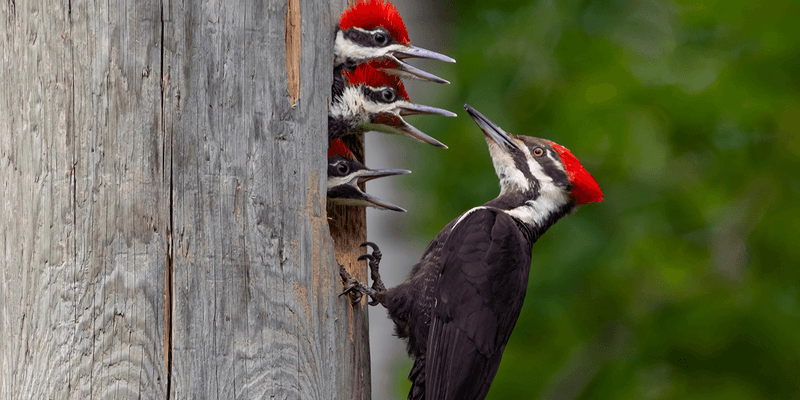
Pileated Woodpeckers play a crucial role as ecosystem engineers. By creating large cavities in dead trees, they provide essential nesting sites for various species, such as owls, ducks, and bats.
These cavities, often abandoned by the woodpeckers, become valuable real estate for secondary cavity nesters. Thus, the Pileated Woodpecker inadvertently supports biodiversity, fostering a vibrant community of forest inhabitants.
Observing this bird at work offers a powerful reminder of the interconnectedness of species and their habitats, highlighting the woodpecker’s impact on its ecosystem.
4. Powerful Foraging Skills
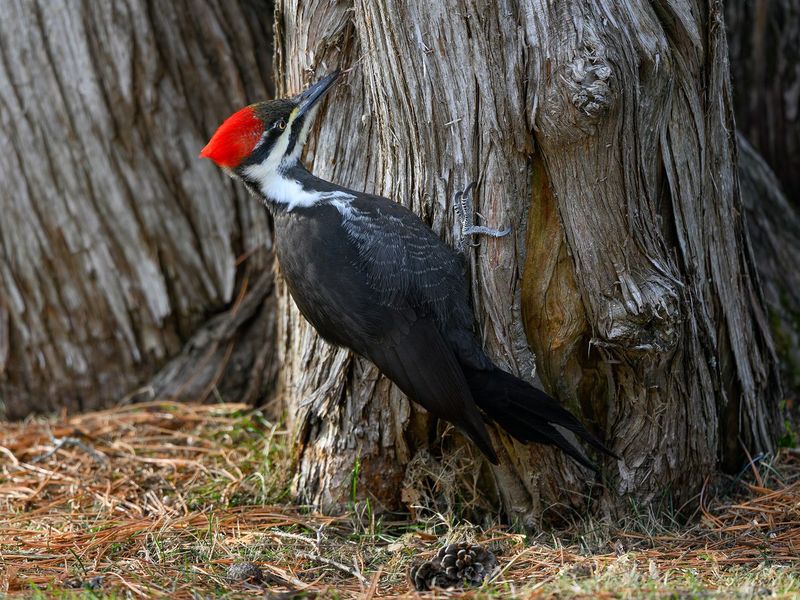
With remarkable strength and precision, the Pileated Woodpecker expertly peels away tree bark to reveal hidden insects. Its formidable beak, specially adapted for chiseling wood, allows it to access food sources unavailable to other birds.
This ability not only sustains the woodpecker but also benefits the forest by controlling insect populations. Witnessing a Pileated Woodpecker foraging is like watching a master craftsman at work, each strike calculated and effective.
Its methodical approach to finding food showcases its adaptability and essential role in maintaining forest health.
5. Remarkable Flight
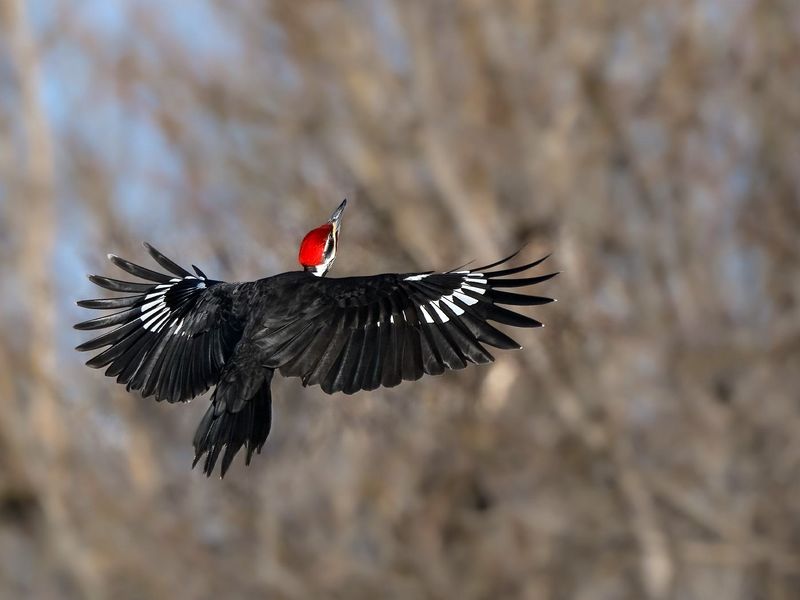
The flight of the Pileated Woodpecker is a sight to behold, combining grace and power in every wingbeat. Its undulating flight pattern, characterized by alternating flaps and glides, provides both energy efficiency and an impressive aerial display.
Observing this bird in flight reveals its adaptability and mastery over its environment. The contrast of its black and white wings against the sky adds to its allure. Such flight dynamics not only serve practical purposes but also enhance its visual appeal, making each flight a memorable spectacle.
6. Fascinating Vocalizations
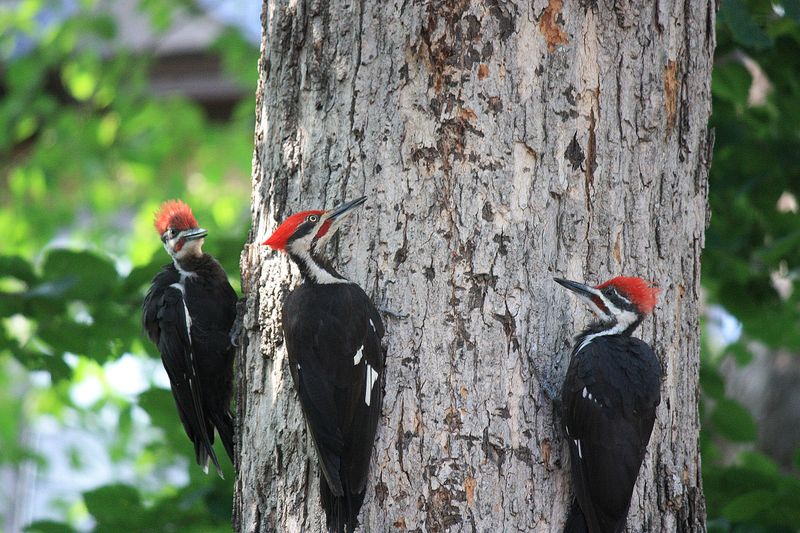
The call of the Pileated Woodpecker is as distinctive as its appearance. Its loud, resonant calls serve as a communication tool, conveying messages to potential mates and rivals.
These vocalizations, often resembling laughter, add a unique soundtrack to the forest ambiance. Engaging in birdwatching becomes a multisensory experience, where sounds play as crucial a role as sights.
The woodpecker’s vocal prowess highlights the complexity of avian communication, offering an auditory delight that complements its visual charm.
7. Adaptable Habitats
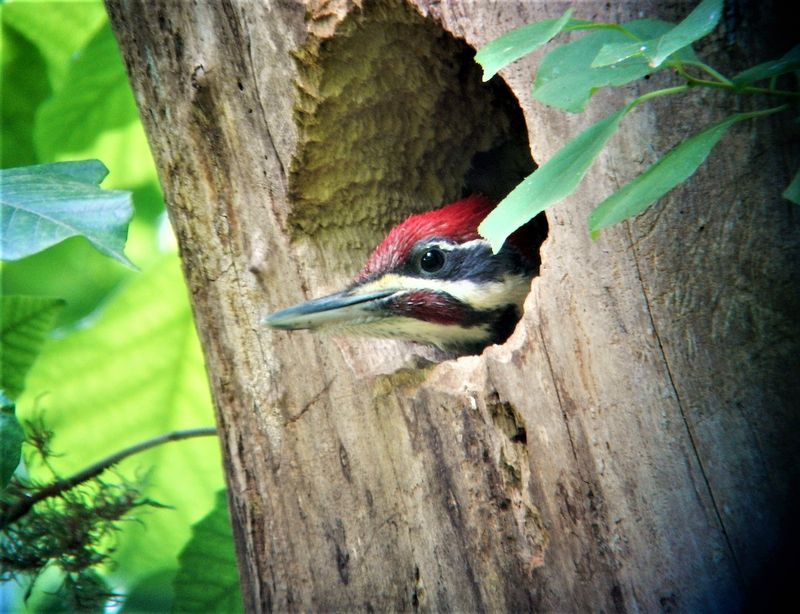
The Pileated Woodpecker’s adaptability is one of its most impressive traits. It thrives in a range of habitats, from dense forests to suburban areas with ample trees.
This adaptability ensures its survival across diverse environments, showcasing its resilience and flexibility. Observing a Pileated Woodpecker in such varied settings highlights its resourcefulness and ability to coexist with human-modified landscapes.
This interaction between nature and development underscores the bird’s role as a bridge between wild and urban areas, promoting harmony and biodiversity.
8. Longevity And Lifespan
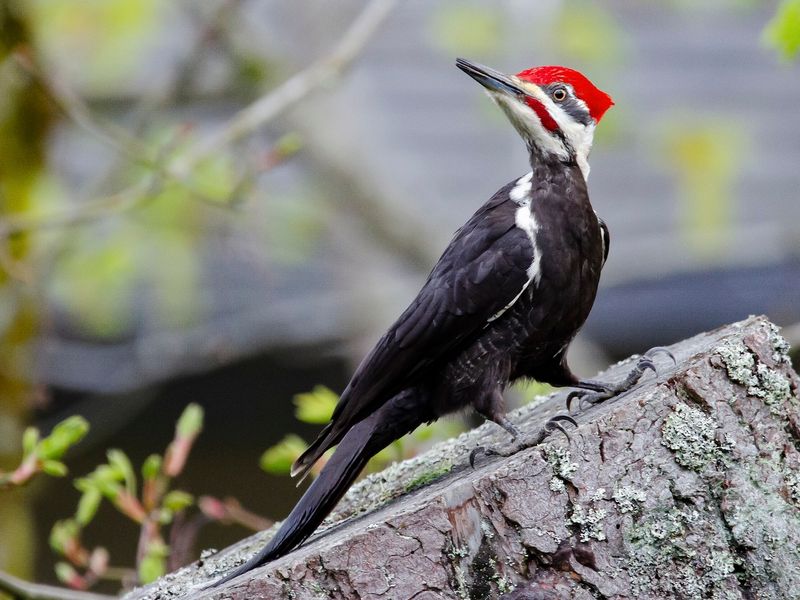
The Pileated Woodpecker boasts a relatively long lifespan for a bird, sometimes reaching up to 12 years in the wild. This longevity allows it to play an ongoing role in its ecosystem, contributing to forest dynamics over time.
Its extended life span means that it can establish and maintain territories, impacting local biodiversity positively.
Observing an older Pileated Woodpecker offers a glimpse into the wisdom and resilience gained through years of survival. This aspect of its life history adds depth to its character, enriching its appeal among bird enthusiasts.
9. Symbol Of Strength
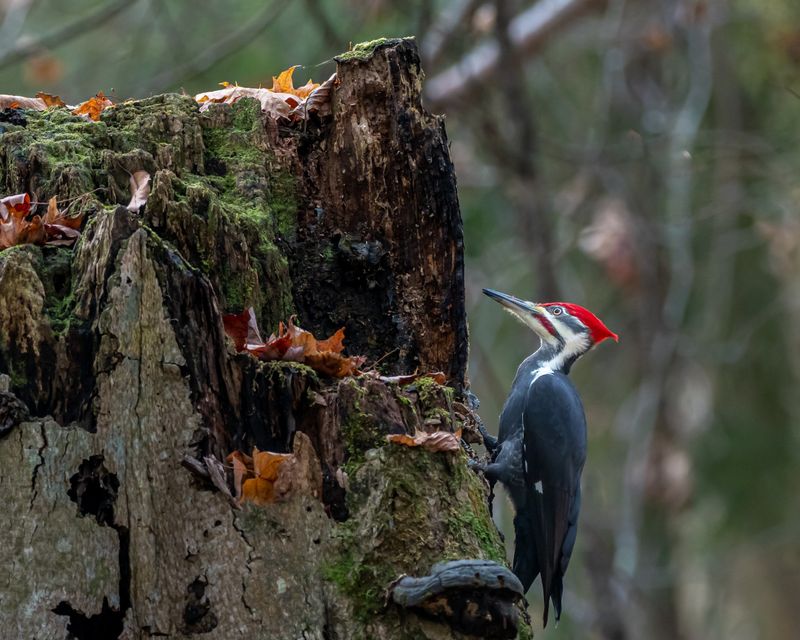
Renowned for its strength and determination, the Pileated Woodpecker embodies these qualities through its daily activities. Its ability to hammer into tough wood and endure harsh conditions represents resilience and tenacity.
This makes it a symbol of strength in the bird world, inspiring admiration and respect. Watching this bird in action evokes a sense of awe, as it overcomes challenges with apparent ease.
Such characteristics not only endear it to bird watchers but also serve as a metaphor for overcoming life’s obstacles.
10. Cultural Significance
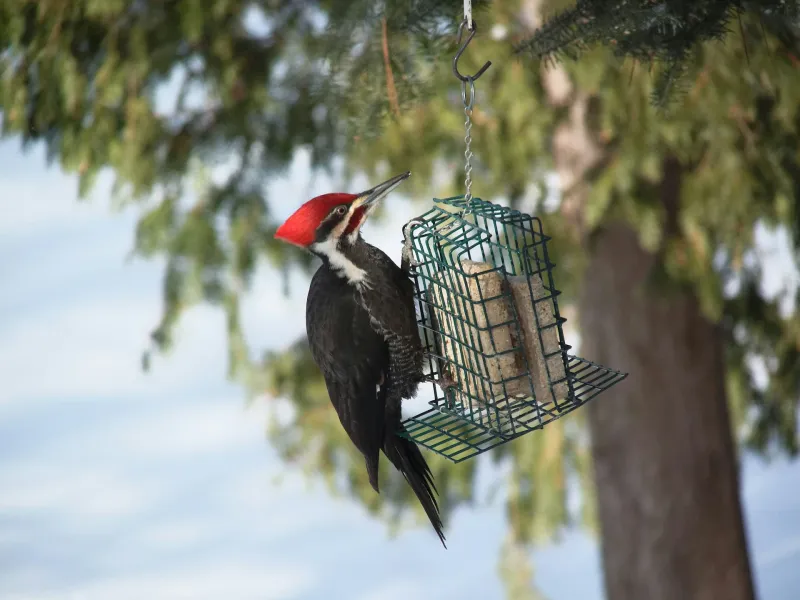
The Pileated Woodpecker holds significant cultural value in various Indigenous traditions, symbolizing power and persistence. Its striking features and behaviors have inspired myths and stories, highlighting its impact on human culture.
These narratives underscore the deep connection between people and the natural world, where the woodpecker serves as a powerful reminder of nature’s influence on human life.
Exploring these cultural stories provides a richer understanding of the bird’s role beyond the ecological, revealing its place in the human imagination and heritage.
11. Conservation Status
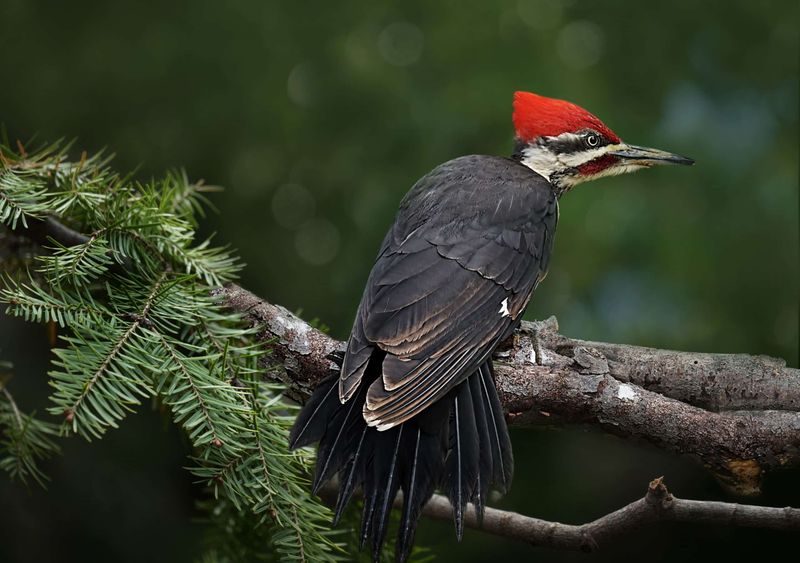
Despite facing habitat challenges, the Pileated Woodpecker has shown remarkable resilience thanks to successful conservation efforts. Its recovery in certain areas highlights the importance of habitat preservation and sustainable forestry practices.
Observing this bird in a thriving habitat reflects the positive impact of conservation initiatives, offering hope for other species facing similar challenges.
This story of recovery demonstrates the power of collective efforts in preserving biodiversity and maintaining ecological balance. Engaging with such success stories fosters a sense of responsibility towards ongoing conservation efforts.
12. Educational Ambassadors
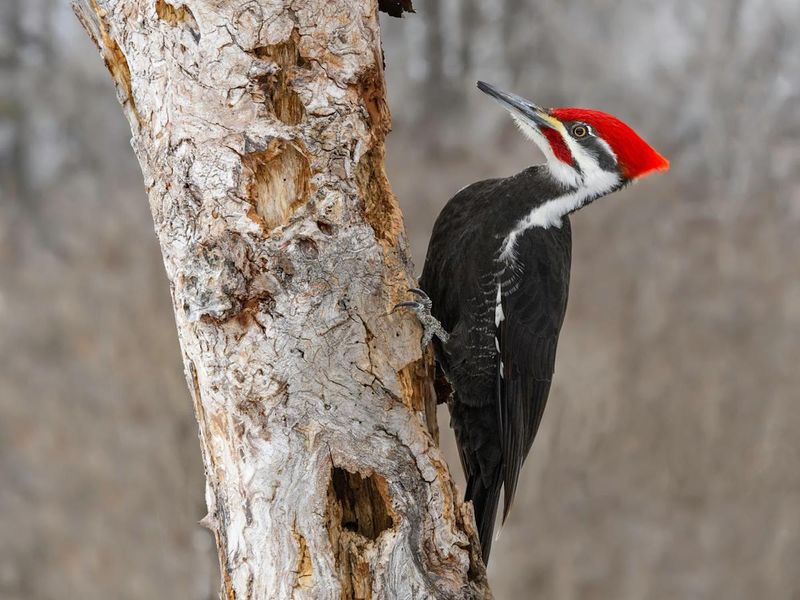
The Pileated Woodpecker serves as an excellent ambassador for environmental education, sparking curiosity and passion for nature among learners of all ages.
Its distinctive traits and behaviors make it an engaging subject for educational programs, inspiring future conservationists. By observing this bird, individuals gain insights into forest ecosystems and the importance of biodiversity.
This bird’s presence in educational settings fosters a connection to the natural world, encouraging stewardship and a lifelong appreciation for wildlife. Such educational encounters are crucial in nurturing the next generation’s environmental consciousness.

